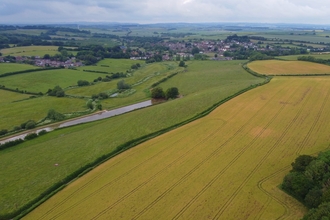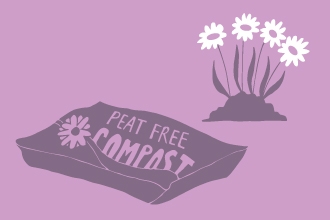Impact of climate change on wildlife in Dorset
As the COP26 conference starts, we’re all thinking about climate and what it means for us and our environment. In Dorset we are likely to see hotter, drier summers, warmer winters and more extreme weather (so summer rain, when it comes, is more likely to be a deluge). This might sound a bit familiar, and you’re not wrong, the effects of climate change are already being felt. Globally, the average temperature is already up by 1.1oC since 1850 – that’s 1.1 oC of the 1.5 oC that the Paris Agreement aims to restrict the rise to. And in southern England, average maximum temperatures are measurably up. So things are getting very tight; many people are seeing the Glasgow summit as something of a last chance saloon and the agreements made, or not made, are crucial.
At Dorset Wildlife Trust we are already seeing some of the impacts of climate change on wildlife in our nature reserves, for example:
- The marsh fritillary butterfly has been impacted by earlier springs – warmer but changeable weather means quicker larval development (but vulnerable to heavy rain or late cold snaps). The date that we undertake larval web count surveys is now nearly a month earlier than just 10 years ago.
- Great crested newts rely on ponds for breeding and one of our main sites has dried out almost completely in the last few summers. This leaves the young newtlets which are still dependent on water unable to survive. With less space to hide in, they are also more vulnerable to being eaten by birds. We are hoping to dig an alternative pond nearby to help.
- Bats rely on stable cold temperatures in winter for hibernation and if the weather is warm they will wake up and need to feed at a time when there are no insects around. We have seen in one hibernation roost that there are fewer bats using it when the temperature is warmer. Lack of food will affect their body condition and potentially, their breeding success in the following year.
- There are winners as well as losers though, and we have seen some species on the northern edge of their range in Dorset spreading and doing well. The silver-spotted skipper butterfly seems to be doing better with warmer, drier summers, creating more open short chalk downland turf.




